With summer rapidly approaching and the hours of daylight stretching long into the evening, the backyard barbecues are coming out of storage and getting prepped for a season of grilling.
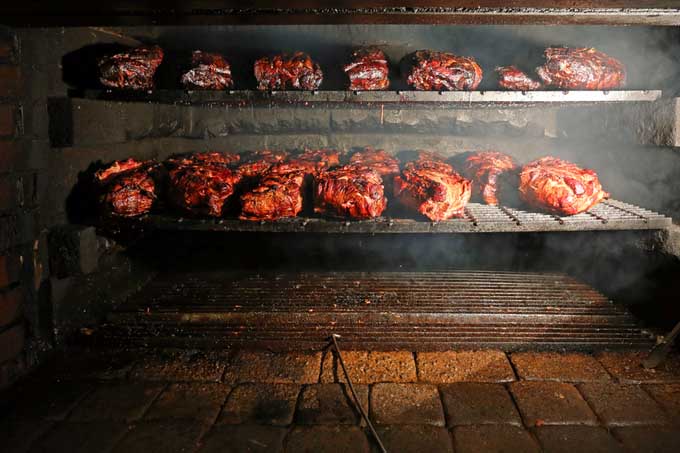
It’s such an easy way to cook – fire up the grill, add some veggies and meat, and then toss up a salad. No heat in the kitchen on a hot summer night, and no pots or pans to clean up!
And while you’re dining, you can be cooking up some extras for tomorrow’s lunch… it’s the perfect way to prepare a healthy meal.
And with the fairly recent introduction of portable table-top units, even apartment dwellers with the smallest of balconies can enjoy a meal on the Q.
Grilling over an open flame has been with us for many centuries now, so it’s not a new practice. Open flame cooking of kebabs was touched on in an earlier post, but today the focus is on an amazing dining experience, the American barbecue.
Only the Aussies come close to matching the reverence shown for this distinctive cooking method, but that’s another story…
The Evolution of the American Barbecue
When Christopher Columbus sailed the ocean blue, the Taino Indians that the explorers met on the island of Hispaniola, and other peoples indigenous to the Caribbean, had created a simple and effective method for slow cooking meat.
A large pit was dug in the ground, into which green wood and leaves were kindled, creating a low intensity heat and indirect flame. And it was this new cooking method that the Spaniards referred to as “barbacoa,” the original version of the contemporary barbecue.
More Spanish expeditions followed Columbus and they turned their explorations northward up the coast, bringing this new pit cooking technique along with them.
By the mid 1500s, explorer Hernando de Soto had introduced swine to the southeastern US, and pig escapees from the early colonist’s settlements were soon being enjoyed barbacoa-style by the Chicksaw Indians inland along the Mississippi River.
Over time and with the arrival of new settlers, the pit fire method travelled throughout the colonies, making its way as far north as Virginia.
These early settlers incorporated the inexpensive and dependable nature of pig farming to meet their meat requirements in the Southeastern states.
For the most part, cows were too expensive and labor intensive to farm on a large scale, as they required fenced pastures and large quantities of feed to graze on.
Pigs, however, could be farmed in a free-range style. Turning them loose in the forest to forage for native species of vegetation allowed for low cost feeding and low-maintenance upkeep.

When these semi-feral pigs were herded for slaughter, the social gathering of the pig pickin’ party was born, as friends and neighbours gathered together for the feast.
These pigs that had been roaming wild were much leaner than today’s plump porkers, and Southerners adopted the “low and slow” technique of the barbacoa to tenderize the meat. The relationship between pork and the barbecue was born based on necessity, economy, and the time required to slow cook.
The Four Quadrants of the Q
Over time, the slow grilling method of pit cooking spread west with regional adaptations, the results of which are today’s four primary styles of American barbecue:
- The east coast “whole hog” barbecue that originated in Virginia and North Carolina.
- The Texas variety that was adapted for beef by the vaqueros, or Tex Mex cowboys.
- The sweet flavors of the Memphis barbecue came from its location on the Mississippi River, and easy access to transported goods.
- And finally, the Kansas City style, with its origins in Memphis but known for its consolidation of eastern and western styles.
North Carolina: Eastern vs. Lexington Grilling
As was already mentioned, the settlers in North Carolina used the barbacoa for the preparation and cooking of their meat, but the flavor particular to the area was introduced by the arrival of British colonists.
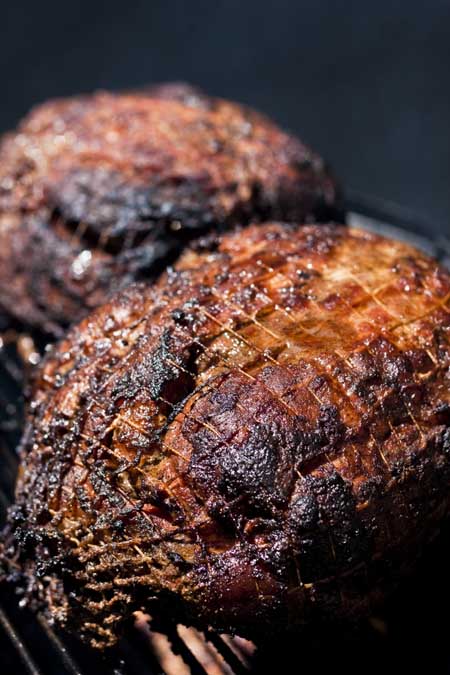
The Brits added the idea of basting the meat to preserve the juices within, and the marinade was based on their penchant for tart vinegar, mixed with pepper and other spices. No tomato was used.
This is referred to as “eastern style” and “every part of the hog except the squeal” goes on to the grill.
In contrast, the Lexington style of grilling uses only the pork shoulder, and tomato is included in the vinegar-based sauce.
Between state’s barbecue aficionados, a lot of good-natured ribbing goes back and forth between the two sides as to which is really the authentic North Carolina version, with bills being introduced to the N.C. House in 2006 to declare an official state style.
They couldn’t agree in the House either, as both bills were defeated, and the controversy continues today.
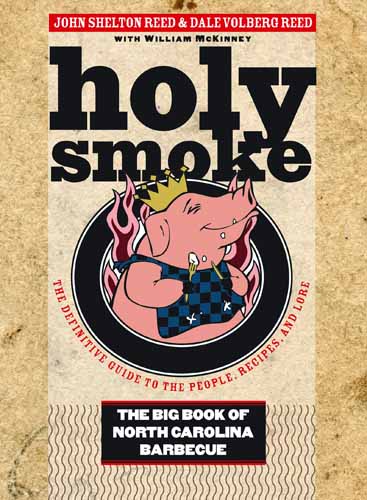
Foodal recommends Holy Smoke: The Big Book of North Carolina Barbecue
To further muddy the waters of the eastern style, South Carolina’s immigrants of French and German heritage introduced their favorite condiment, mustard. This was used to create a sweet and spicy vinegar-mustard glaze known as Carolina Gold.
But regardless of any “official” status, all three sauces add distinctive flavor to the much-prized pork barbecue.
Texas Style
From the Carolinas, the barbacoa headed west and arrived in Texas. German settlers found the space in Texas to raise beef, and soon the cattle-herding cowboys were barbecuing an entirely new animal.

The techniques were the same, but the beef brisket became the cut of choice and, of course, a new sauce was developed as well.
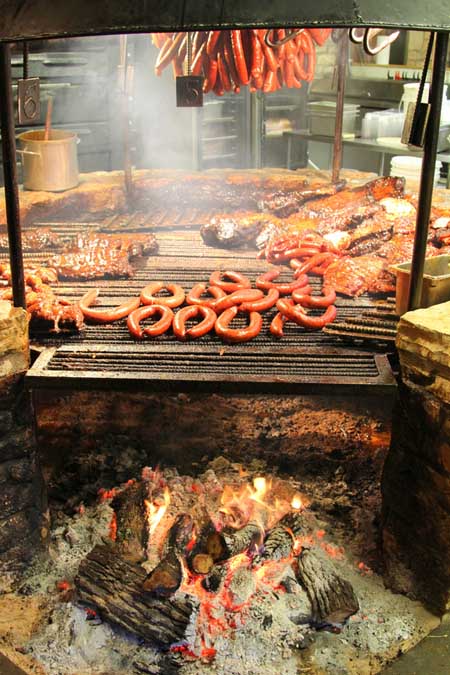
The Texas dry rub is comprised of salt, pepper, paprika, garlic powder and onion power. Chili powder may be added as well, more noticeably the further west you travel. The sauce is tomato based, and some cooks add brown sugar while others don’t, preferring a bolder, spicier flavor.
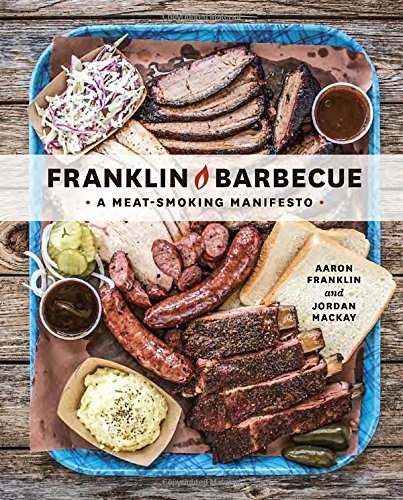
Foodal recommends Franklin Barbecue: A Meat-Smoking Manifesto. Aaron Franklin is one of the most recognized pit masters in the Austin area.
Along with the brisket, sausages are another Lone Star favorite thanks to the German influence found in some regions. These are grilled over charcoal and real chunks of hickory, mesquite or oak wood, to impart that distinctive smoky taste.
You might consider trying our homemade Texas Barbecue Sauce for a bold, tangy, classic taste.
Memphis Barbecue
Back in Memphis, pork is the meat of choice once again, with ribs and pulled pork reigning supreme. The dry barbecue technique is the premier method of choice here, with rich flavors coming from the dry-rub spices and the wood used in smoking.
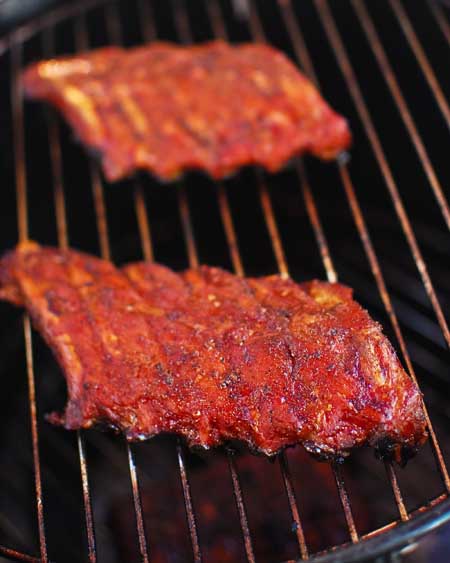
For the Memphis dry rub, ingredients include garlic and onion powders, paprika, cumin, salt and pepper, which are then slow smoked using apple or cherry wood for a hint of sweetness.
They also use a sauce with its own regional flavors, which is vinegar-based with ketchup, brown sugar or molasses, cayenne and other spices added for a thin, tangy and somewhat sweet topping to the dry rub.
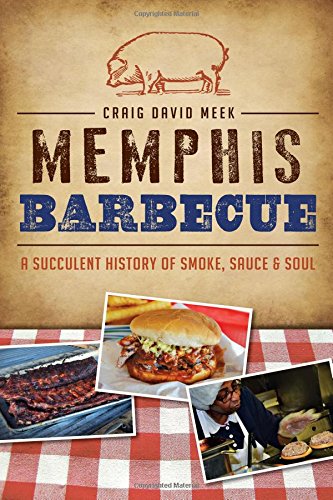
Foodal recommends Memphis Barbecue: A Succulent History of Smoke, Sauce & Soul
The sweetness of the sauce originates from the city’s location as a port, which provided access to a wide assortment of condiments including molasses.
Check out these tips for dry rubbing ribs.
Kansas City Style
From the heritage of the Memphis style, the last item on the list of America’s four major barbecue tastes evolved – the Kansas City Barbecue. In 1908 a Memphis steamboat cook, Henry Perry, arrived in KC and started selling his smoked meats in an alley to the downtown workers.

His original restaurant was a simple lean-to with a pit for slow smoking a variety of meats. With a sauce of vinegar, pepper and a hint of tomato, thin and spicy like its Memphis cousin, Henry didn’t use molasses in his sauce.
He wasn’t a barbecue snob though, and didn’t care much about the supposed requirements for cooking pork only. Instead, he included pork, beef and wild game, and today the KC style features chicken, turkey, mutton and fish, with burnt ends – the tips of a brisket – being a regional specialty.
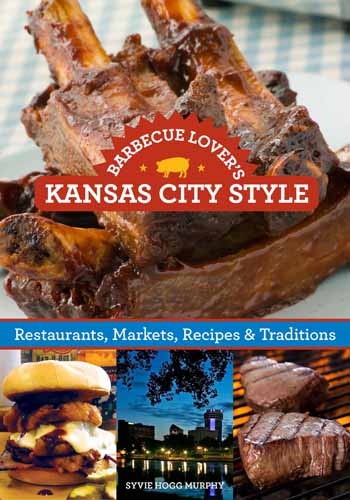
Foodal recommends Barbecue Lover’s Kansas City Style: Restaurants, Markets, Recipes & Traditions
Kansas City barbecue combines the best of eastern and western styles, and it has carved its own unique niche in the BBQ tradition.
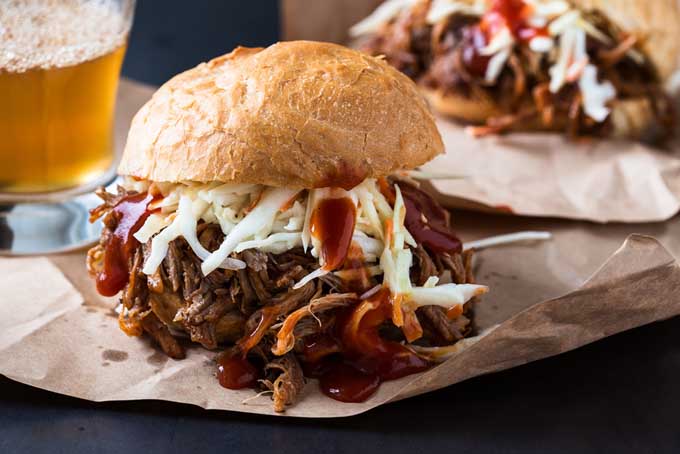
As you can see, the beginnings of this well-loved American culture had its origins in circumstance and opportunity. The early settlers barbecued because it was cheap. They took advantage of what was before them and used a new method to tenderize what was tough.
In the process, a new social tradition was born – and it’s one that still carries on today, a joining of family and friends to dine and visit with each other.
You can make your own barbacoa with our easy cheat… in the slow cooker!
Looking for your own DIY dry rub? We have delicious recipes for a pork dry rub and chicken dry rub.
Don’t forget about the sides! Our pasta salads like sweet corn pasta salad and Sicilian pasta salad make a great side dish to any style of barbecue!
Whether it’s done in a restaurant or your own backyard, a gathering of the clan for good barbecue is a joyous experience that’s sure to produce great memories.
About Lorna Kring
Recently retired as a costume specialist in the TV and film industry, Lorna now enjoys blogging on contemporary lifestyle themes. A bit daft about the garden, she’s particularly obsessed with organic tomatoes and herbs, and delights in breaking bread with family and friends.

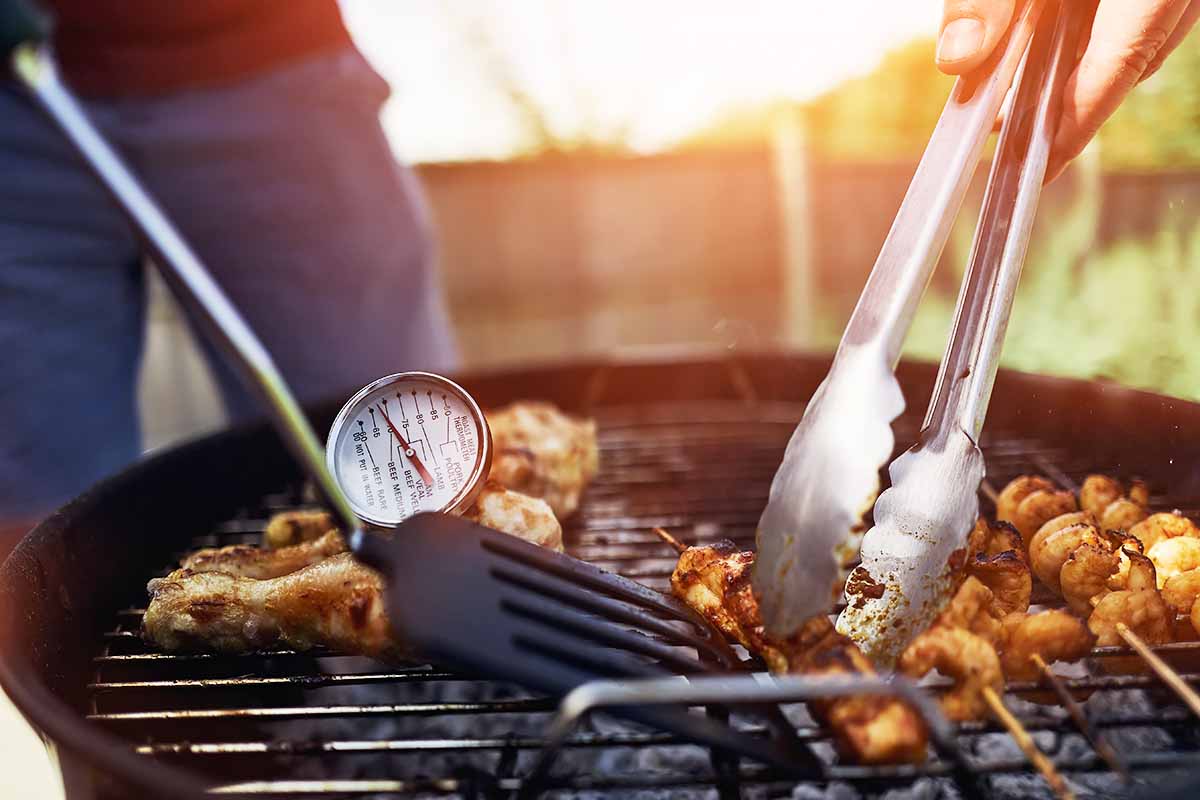
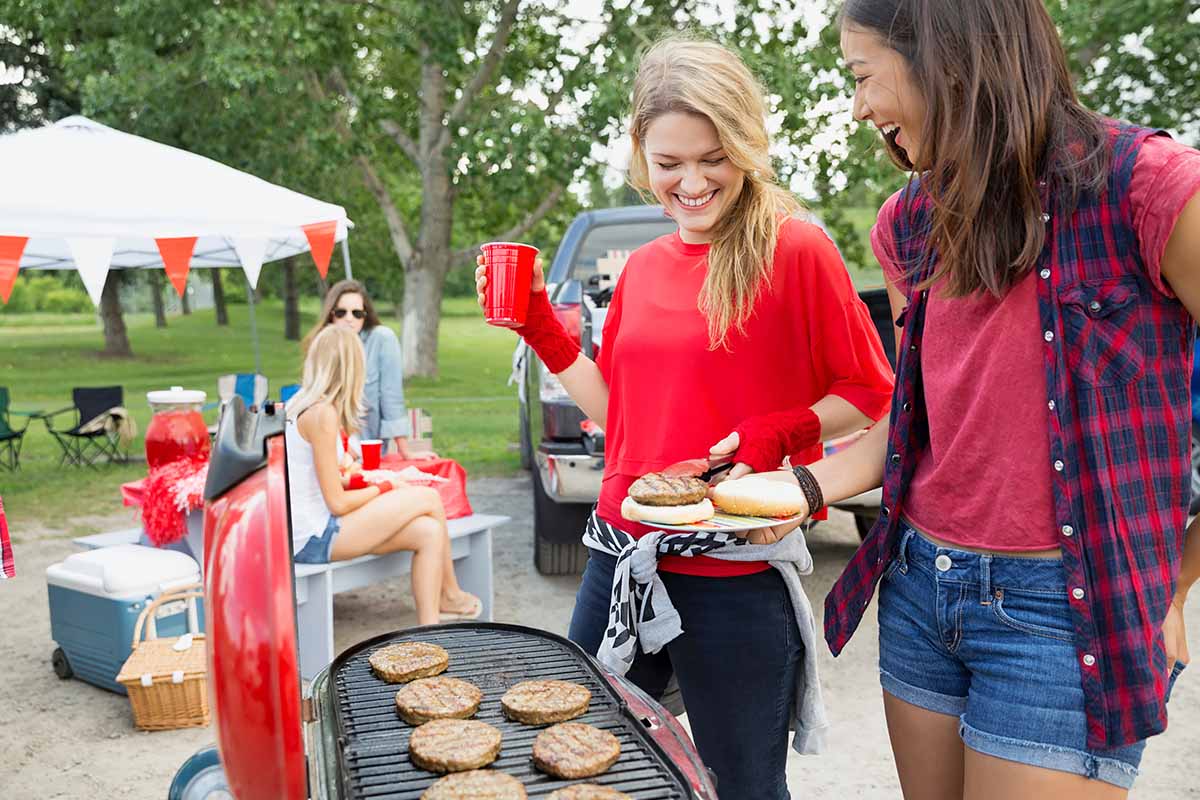
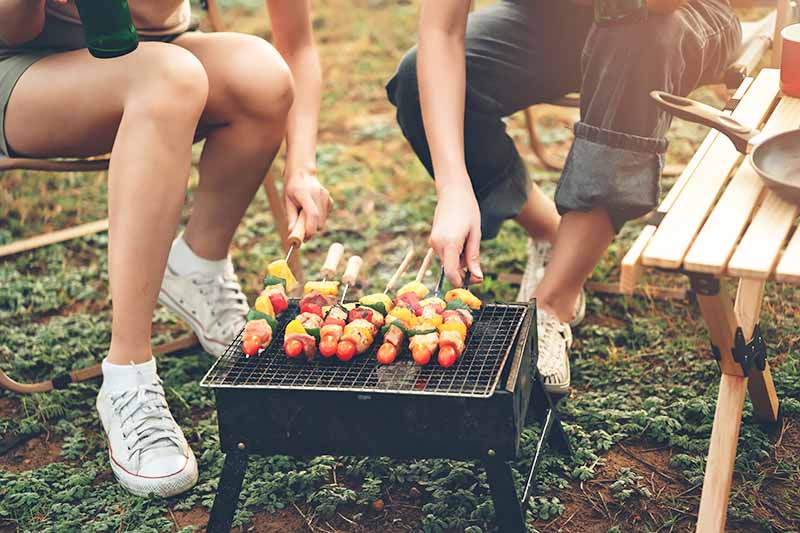
Oooh. BBQ season is pretty much upon us, and seeing this sort of delicious-pictures post, it’s pretty hard to not be tempted even though I switched to a vegetarian diet two weeks ago! Very informative article though. Made me drool!
Thanks crayonelle, glad you enjoyed the post… even if your drooling is in vain!
Barbecues aren’t taken half as seriously here in the UK and whilst many people do enjoy them, the food tends to be the same old sausages, burgers and chicken drumsticks. It’s always nice to get some new ideas and inspiration, particularly as BBQ season is almost upon us.
It is a unique culture in the US, and big business too. Glad you got a couple of new ideas, and enjoy your BBQ season!
I love the history of barbeque! Much like anything that’s been developed so long it creates it’s own history & taste, BBQ is no different. I also love how closely associated to barbeque certain sides are, You can’t grill without some slaw, corn, baked beans, or biscuits.
It’s certainly an interesting heritage to today’s BBQing. And you’re right Joan, even the obligatory side dishes are influenced by the regional tastes and developed along with the styles particular to the area.
Just reading that made my mouth water, i’m already missing meat as it has been awhile since i indulged 🙂 .. i love BBQ’s, especially straight from the grill while its hot, add some salt, ketchup and coleslaw and am good to go, a small wedge of lemon will do some magic too 🙂
If you only eat meat sparingly, grilling it can be a real taste treat… as you say diane, hot from the grill is the way to go.
Thank you for sharing all this history! I can’t get enough of it!
I’ve got to tell ya, I have lived in most of the southern states, and visited the
rest. Here in the south we take BBQ VERY seriously. It can make or break any business. I have tasted every kind of BBQ you can imagine, in all of these states. In my opinion, overall, Kentucky has the best. Other than horse races and whiskey Kentucky doesn’t have that much going for it… Except its food. NAND it’s BBQ and catfish are where it’s at!
Thanks for your input k_m. BBQ is a big industry with a lot of competition, and, a lot of very informed BBQ connoisseurs who take it seriously – a restaurant owner would have to be on top of his game for sure.
The southern states definitely have the best barbecue in my opinion. I am not sure why everyone thinks that Kansas City is so famous for barbecue because I have never been too impressed, but my few trips to Georgia and Tennessee are enough to convince me that the south is where it is at. It was just more meat and sauce, and I am pretty sure they cook it differently too. Whatever it is, they are doing something right down there.
In South Africa we ‘braai’ literally every weekend in the outdoors with family and friends. This is a very important part of our culture. This information is really great and gives one several new ideas to explore. Thanks for info!
An outdoor cookout is the best for a gathering of the clan om, thanks for the insight into South African culture. Glad you found a couple of new ides for your braais!
I haven’t visited America too much since I’m from Romania and travelling there is relatively hard, but I can safely say that the U.S cuisine is amazing! I went to Texas and Philadelphia, they put down the best barbecue I ever had! Cheese steaks were also tasty!
Lone Star bbq and Philly cheese steak are both awesome samples of US cuisine fuzyon… you hit the big flavors when you do visit!
Wow, it’s amazing to learn about the different barbeque techniques. Being from Asia where we bbq all parts of the pig (including coagulated blood), I find it refreshing how the different places were able to make their own signature barbeques. Thanks for the history lesson, I look forward to eating the variations on American barbeque.
Necessesity and availability of ingredients always play a huge role in how cooking techniques and flavors develop, just like your Asian bbq Kathy. Hope you enjoy some of the different tastes!
This is such a great read. I find it so interesting how the styles of cooking differs in various parts of the U.S. I love watching BBQ shows and seeing the different techniques chefs use. I’m also a fan of trying different sauces when I travel around the U.S. I know Kansas BBQ sauce is known is be very sweet while sauce from the Carolinas is heavy in vinegar.
Glad you enjoyed the post KM! It is interesting how the different flavors have evolved, and sampling the local fare is one of the best aspects of travelling! Thanks for your comments.
One of my most favorite things about summer is being able to have friends and family over for a barbeque. I think almost every food tastes better when grilled. I really enjoyed reading this article and learning about its history. There is really some interesting historical facts and legends behind this amazing cooking technique!!
Glad you enjoyed the post buggs81. You can add a bit of BBQ trivia to your next cookout!
Well I am sorry. I am really, really sorry for what I am about to say. I know that I am in the vast minority, too, but I do not like barbecue. I can do it in little bits, but overall I would prefer to have something else. I like meat, I like to grill, I just do not like barbecue sauce that much. I don’t know, I never have, and I am not sure if that is ever going to change. I do recognize that most everyone loves it, though, and for that I respect it. Thanks for sharing.
Well, I understand where you’re coming from rz3300. I prefer only a hint of bbq sauce myself, but there are those who like it slathered on… vive la difference!
North Carolina. They have the best barbecue chicken, bar none. Not crazy about their politics, but I’ll be a monkey’s uncle if they don’t know how to cook down there! Slathered up in some home made BBQ sauce with a side of biscuits… I gotta go make dinner.
Oh, sounds good, must get there one day…